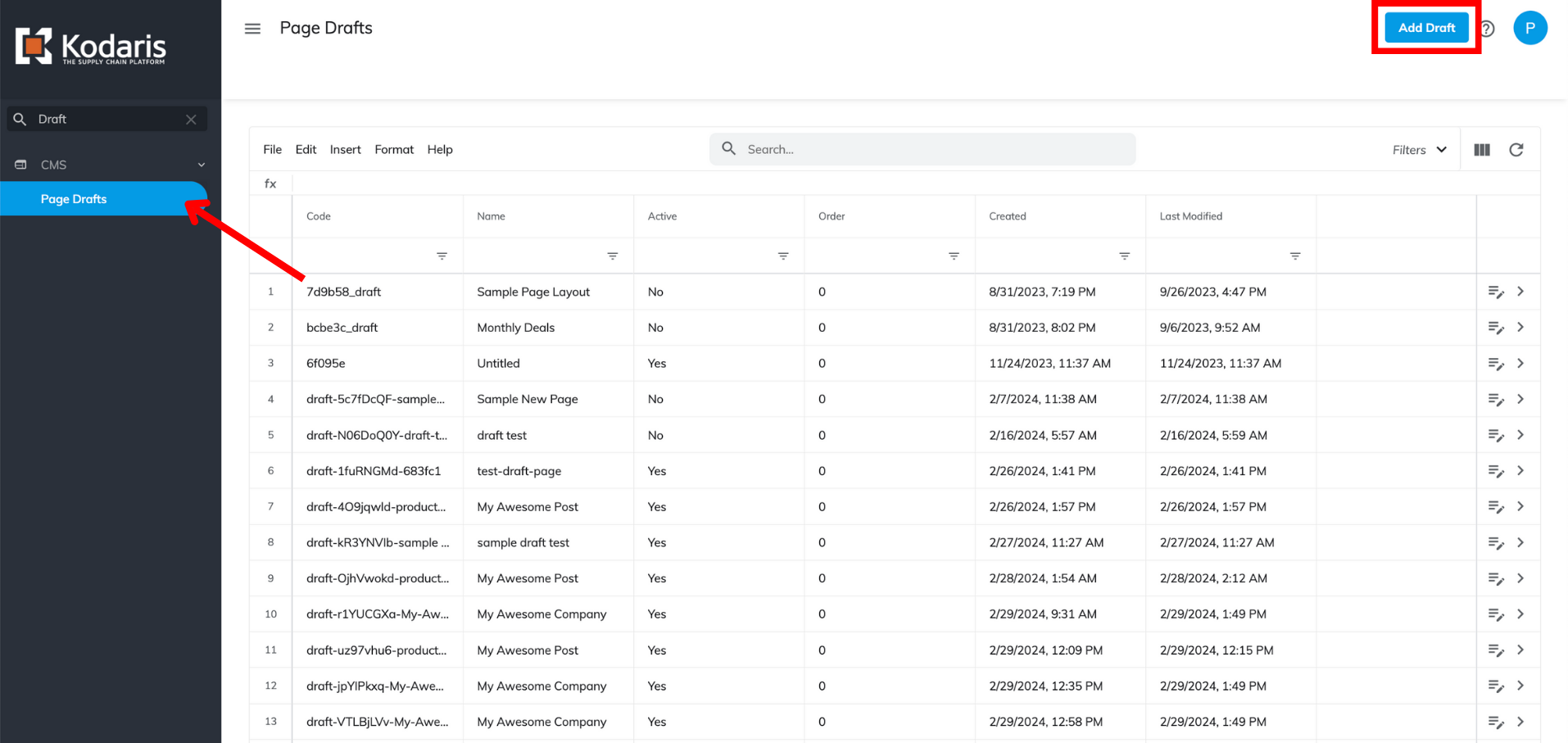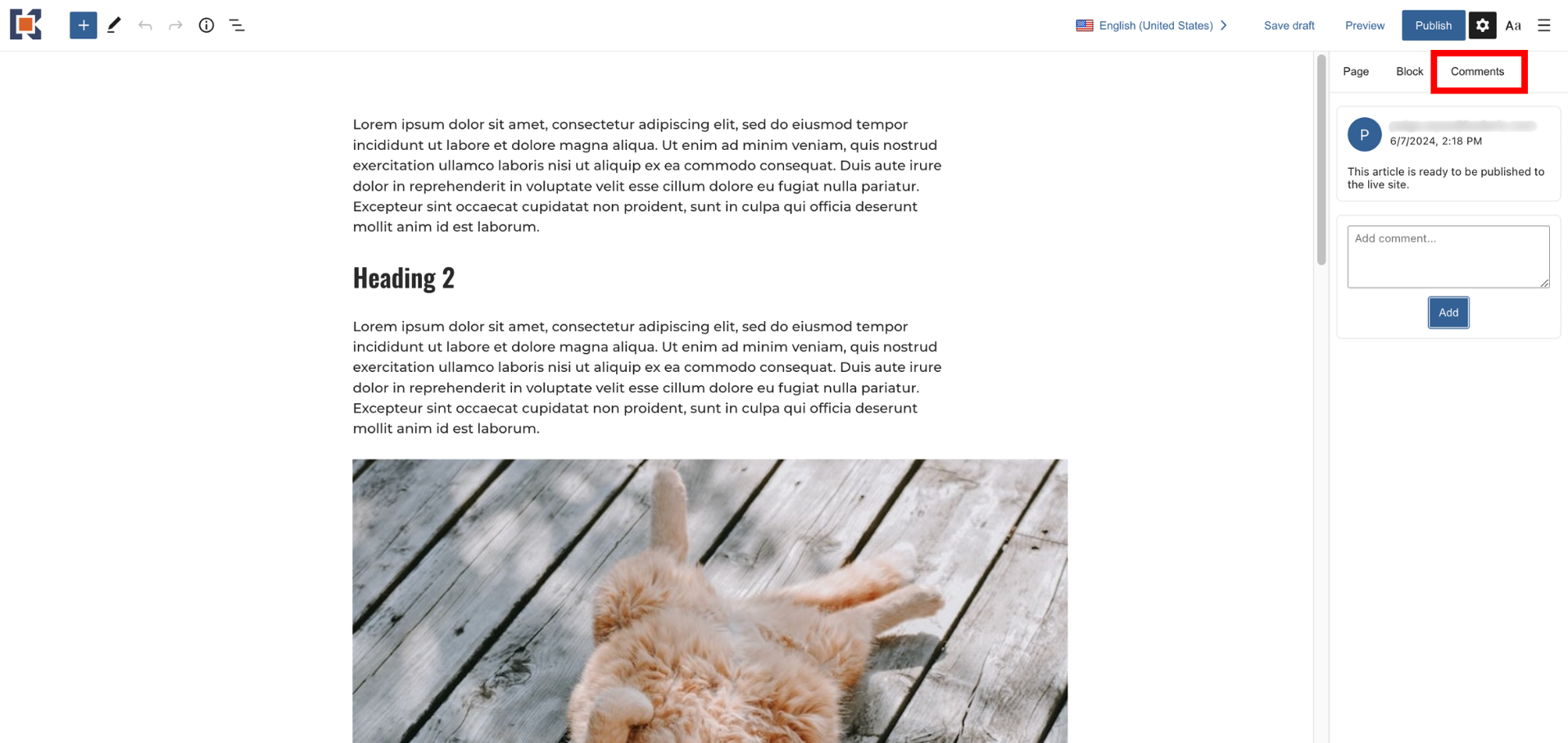Along with creating and publishing live website pages, the Kodaris CMS offers the option to develop page drafts.
Drafts are pages that, once created, are not viewable on your live site until they’re officially published. Drafts can be useful in various ways. One way you might leverage the drafts feature is to build a preliminary version of a webpage so that you can fully develop the page’s content and make as many iterations as needed before porting it to the live site. Another way you might use drafts is if you have multiple team members working within your CMS and you want to have a space where your team can collaborate on a page without publishing it to your website.
The Kodaris CMS also offers user permissions specific to content creation. Among the many permissions settings within the Operations Portal, you can choose whether your users have the ability to simply make edits to a page, publish a page to your live website, both, or none. Assigning permissions per employee/user helps you monitor and control who has access to all your CMS capabilities.
Drafts can be created as brand-new pages, or you can turn an existing page into a draft. Creating a new draft page is simple and can be done in just a few clicks.
Navigate to the Page Drafts section of the CMS, and click the “Add Draft” button.

Doing so will pull up the page layouts. After selecting a layout or starting from scratch, you can begin working in the Gutenberg editor just as you would with any other page.

You also have the ability to turn an existing page into a draft. This feature is helpful, for example, if you have a blog post or other type of page that has existed for a while and needs to be reworked. You can turn the outdated page into a draft to be worked on before publishing it live again.
To do this, you will locate the page you wish to turn into a draft from the Pages section. Click into the editor.

At the top right-hand of the screen, select Create Draft. This will turn this page into a draft. After doing so, you will be able to find this page under the Page Drafts section of your CMS.

A useful tool within drafts, and throughout all areas of the CMS that leverage the Gutenberg editor, is the commenting capabilities.
Your users have the ability to communicate with each other directly in the Operations Portal through a comment feed. Each draft page contains its own Comments section, which is unique to that page alone. Many users use this feature to discuss a page’s status, give feedback, share ideas, etc.
To locate the Comments in a draft, search for the draft page you wish to add a comment to and click on the page editor.

Select the Comments tab on the settings panel. Here, you will find a feed of previous comments, as well as a text box to add more comments. Each comment will show the author and contain a timestamp with the date and time it was added.

Searching for a draft is similar to searching for other pages within the CMS. To start, head to the Page Drafts section. Here, you can use the search bar at the top of the spreadsheet. Search by page title, keyword, or another attribute, and the system will pull what relates.

Should you wish to delete a draft page entirely, search for the page you want to delete, and highlight the entire row. Once you’ve selected your desired page, click “Edit” and then “Delete selected rows”.
It’s important to note that you can choose just one row or multiple rows to delete at one time. Once a draft page is deleted, it will no longer appear in your CMS.
